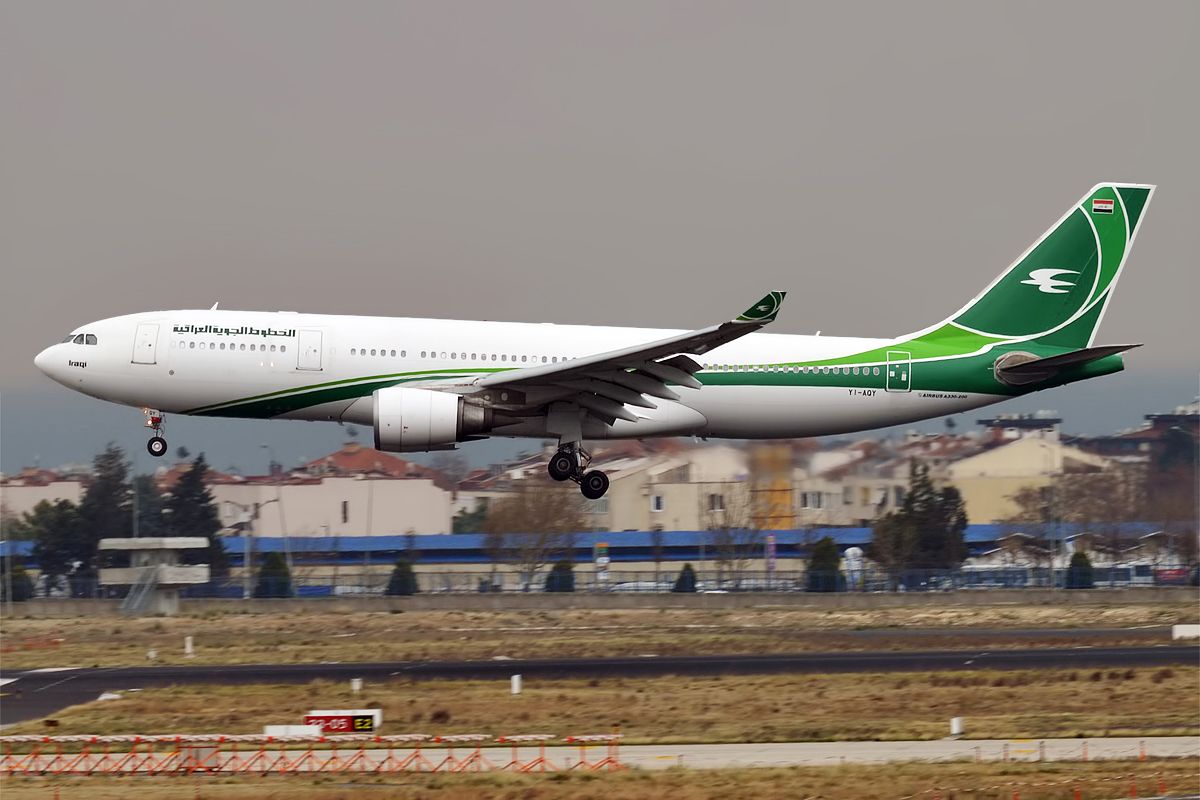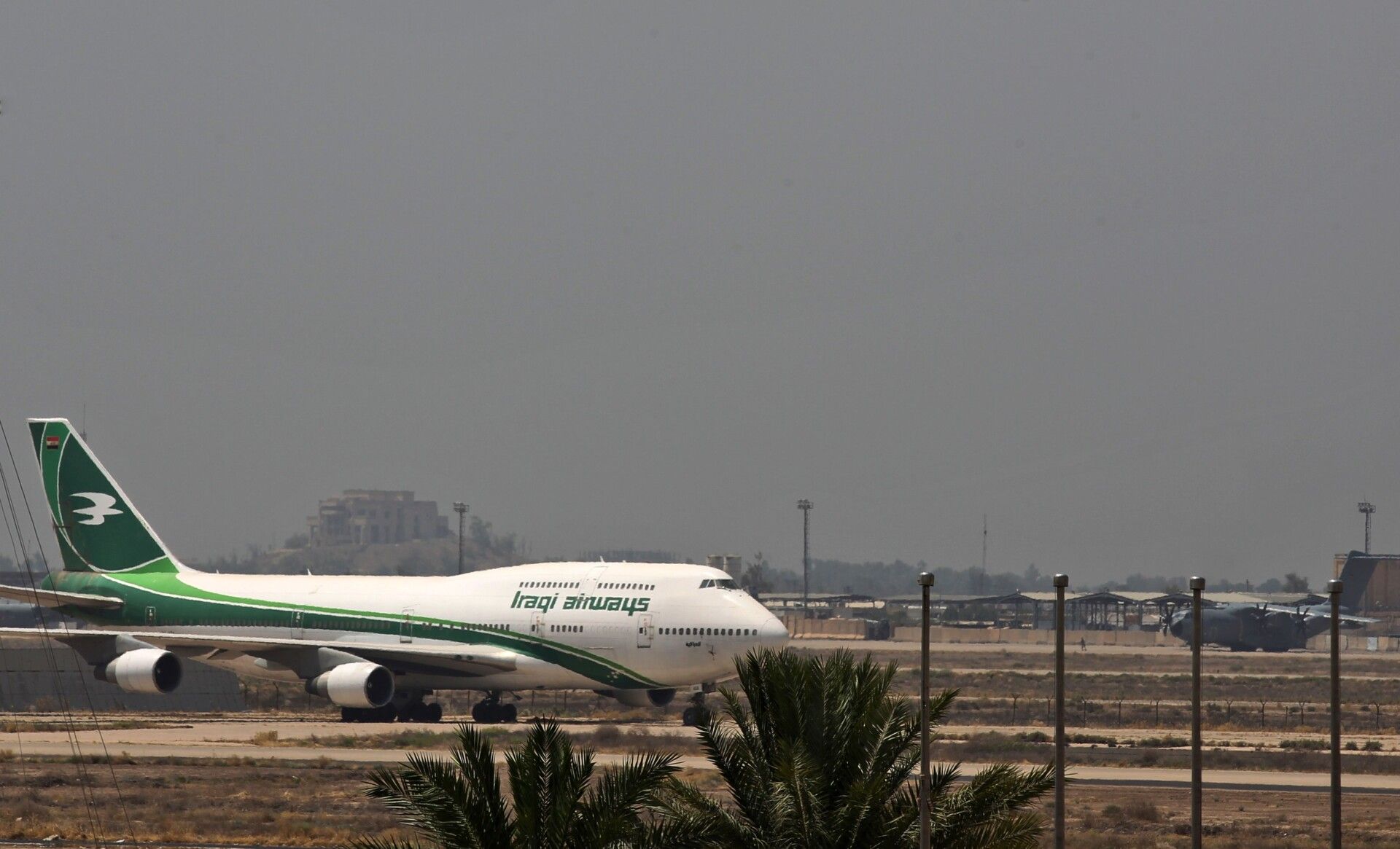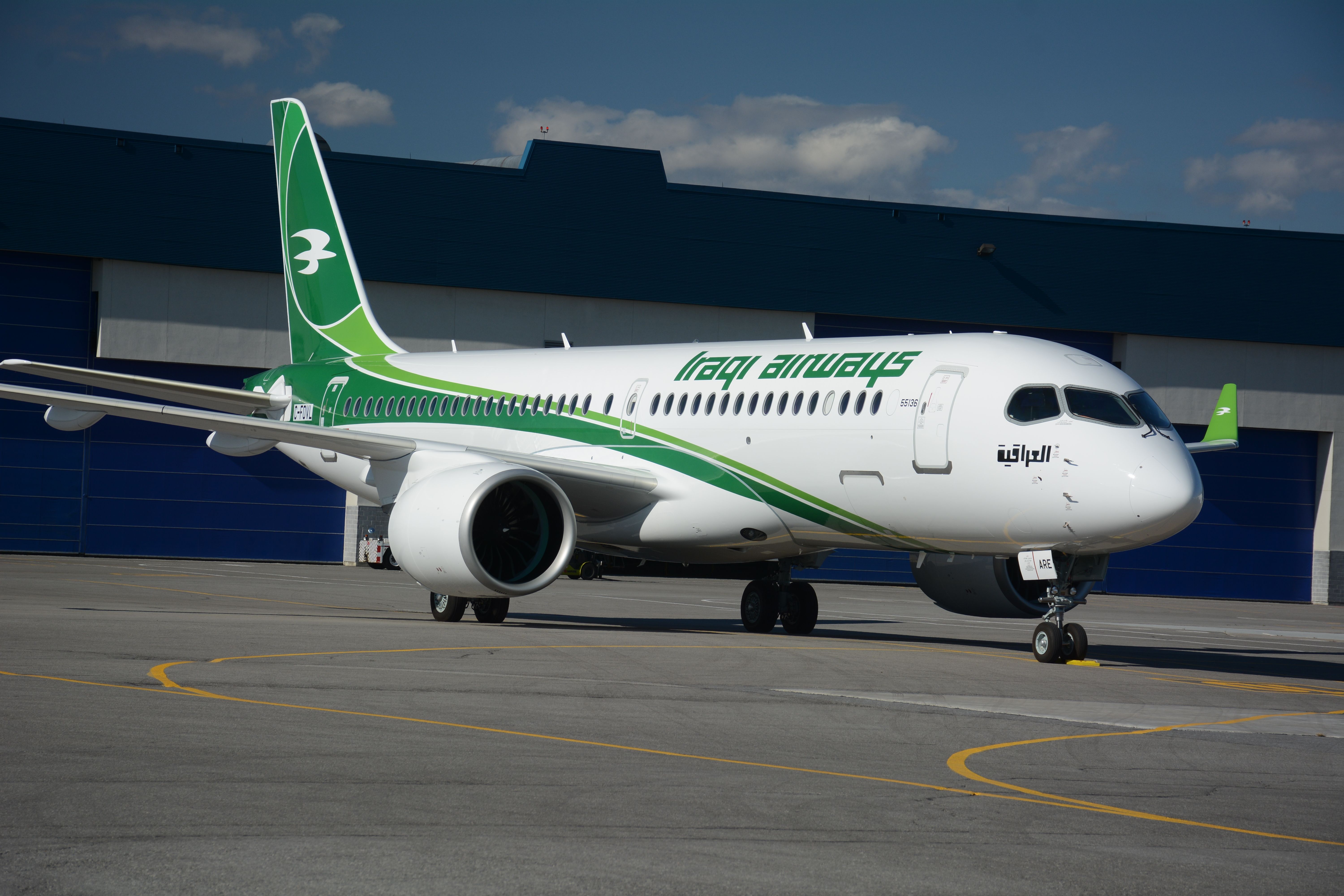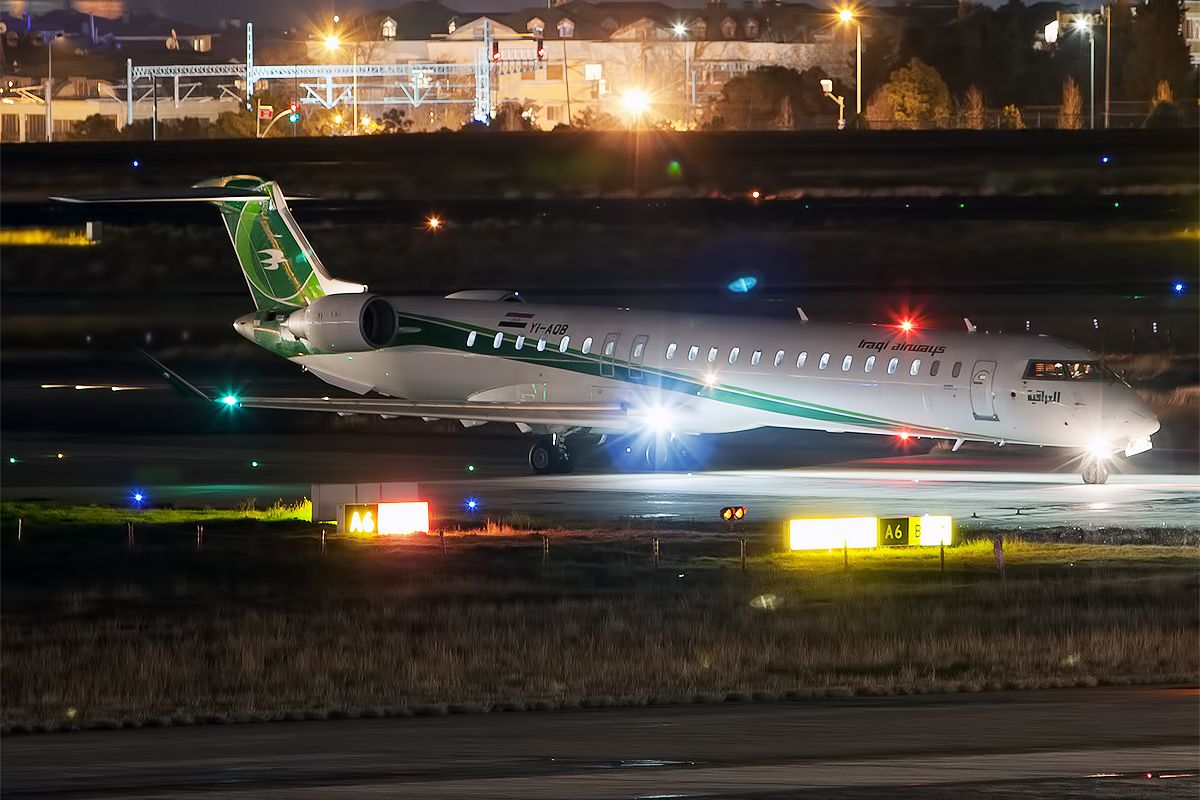Earlier this year, Iraqi Airways was in the news following the delivery of its first Airbus A220. With this modernization process in mind, we thought we'd take a look at the makeup of its fleet as a whole. The carrier operates various jetliners from three different manufacturers, which we shall now examine more closely.
Boeing is the dominant manufacturer
According to data from ch-aviation.com, there are presently 33 aircraft in Iraqi Airways' fleet. Of these, more than half come from US manufacturer Boeing, which accounts for 19 of the carrier's jets. 15 of these are examples of its popular single-aisle 737-800 model. Four of these 162-seaters are presently in storage, while another two are undergoing maintenance. They have an average age of 8.7 years old.
More recently, Iraqi Airways also acquired a smaller Boeing 737-700. This twinjet is the only example of the type in its fleet, although historically speaking, another two have served the carrier. This two-class, 137-seat twinjet is 15.7 years old, and flew for AirTran, Iraqi Airways, and Fly Baghdad before rejoining Iraqi in September.
Get the latest aviation news straight to your inbox: Sign up for our newsletters today.
There are also three twin-aisle Boeing aircraft present in the Iraqi flag carrier's fleet. Two of these are from the famous 747 family, with both namely being examples of the 747-400 variant. They have an average age of 24.7 years old, and both are presently in storage. Last year, the Iraqi national airline made use of a Boeing 747-400 to help repatriate around 400 of its citizens from Minsk, Belarus.
The final Boeing widebody in Iraqi Airways' present fleet is a 10.6-year-old 777-200LR that bears the registration YI-AQZ. This active twinjet has 364 seats, comprising 350 in economy and 14 in business. Going forward, the airline has plans to modernize its widebody fleet with an order for nine Boeing 787-8s and one 787-9.
Airbus designs
Away from Iraqi Airways' Boeing aircraft, the carrier also flies a handful of designs from Airbus, the US manufacturing juggernaut's European competitor. The most numerous of these is the A320-200, of which the airline has three examples. Two of these are active, and they are 10.1 years old on average. Slightly older are its two A321-200s, which have an average age of 13.1 years old.
Get all the latest aviation news right here on Simple Flying!
There is also a single Airbus widebody present in the Iraqi Airways fleet, namely an A330-200. This twinjet is 10.2 years old, and can accommodate 288 passengers.
As alluded to at the start of the article, Iraqi Airways reached a fleet milestone this year when it received its first A220-300. Registered as YI-ARE, it represented the first of five deliveries of the next-generation twinjet. The type accommodates 120 economy and 12 business class passengers. Iraqi Airways has since taken delivery of another A220 (YI-ARF), although both are presently inactive.
Half a dozen Bombardier CRJs
The remaining six aircraft in the present Iraqi Airways fleet fall under the category of regional jets. Specifically, they are all examples of the Bombardier CRJ900LR, with three presently listed as being active by ch-aviation.
The other three examples of the type are currently sitting in storage at the airline's Baghdad International Airport (BGW) hub. Iraqi Airways' CRJ900LRs are among the oldest aircraft in its fleet, with an average age of 12.7 years old. These regional jets have an all-economy configuration consisting of 89 seats, with four per row.
In terms of where Iraqi Airways flies its Bombardier CRJ-900LR regional aircraft, data from RadarBox.com shows that, away from Iraq itself, Lebanon and Turkey are popular destinations. Indeed, of the three active examples, Beirut and Istanbul both feature in all of their top five most commonly served destinations.
What do you make of Iraqi Airways' fleet? How many of its aircraft have you flown on? Let us know your thoughts and experiences in the comments!
Source: ch-aviation.com, RadarBox.com




